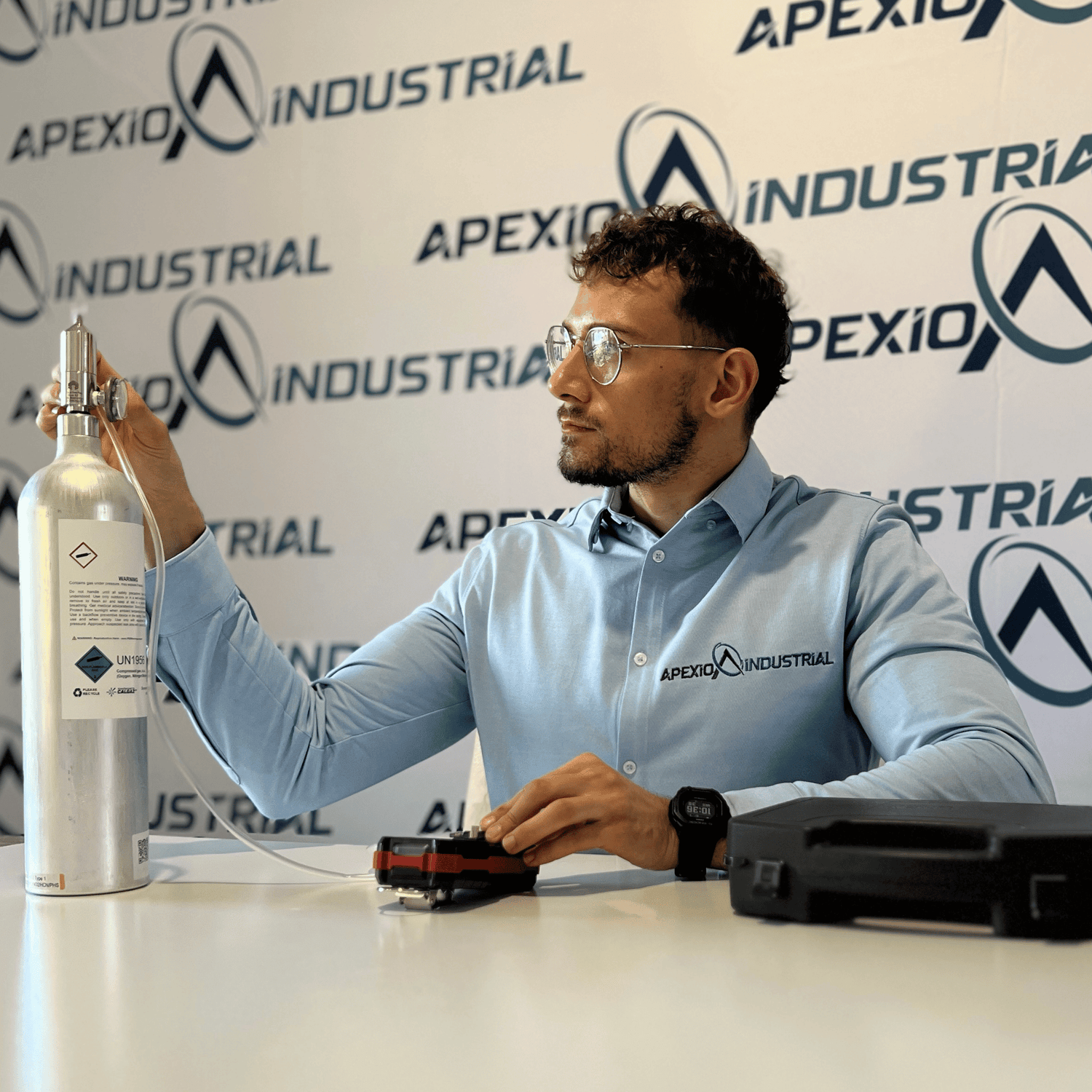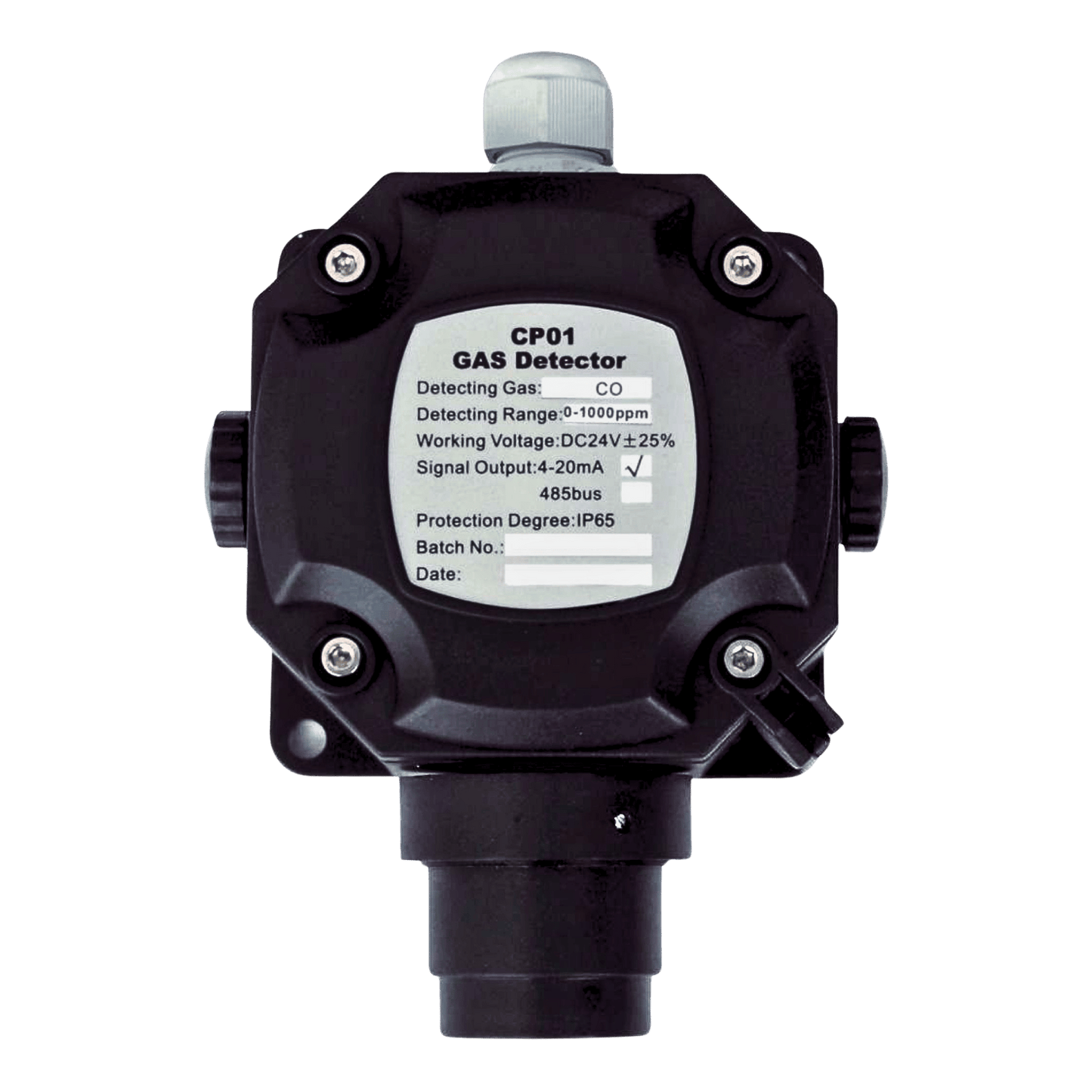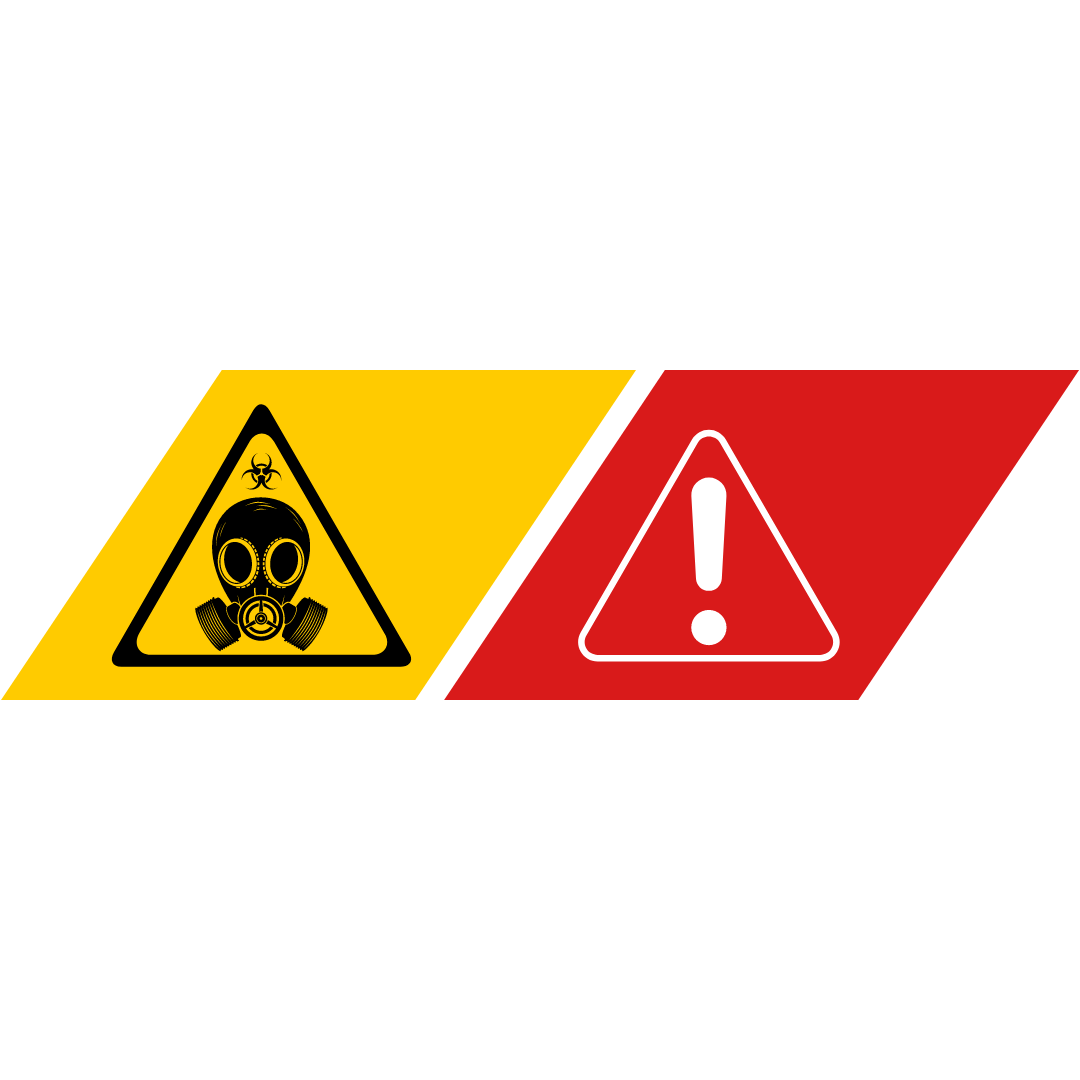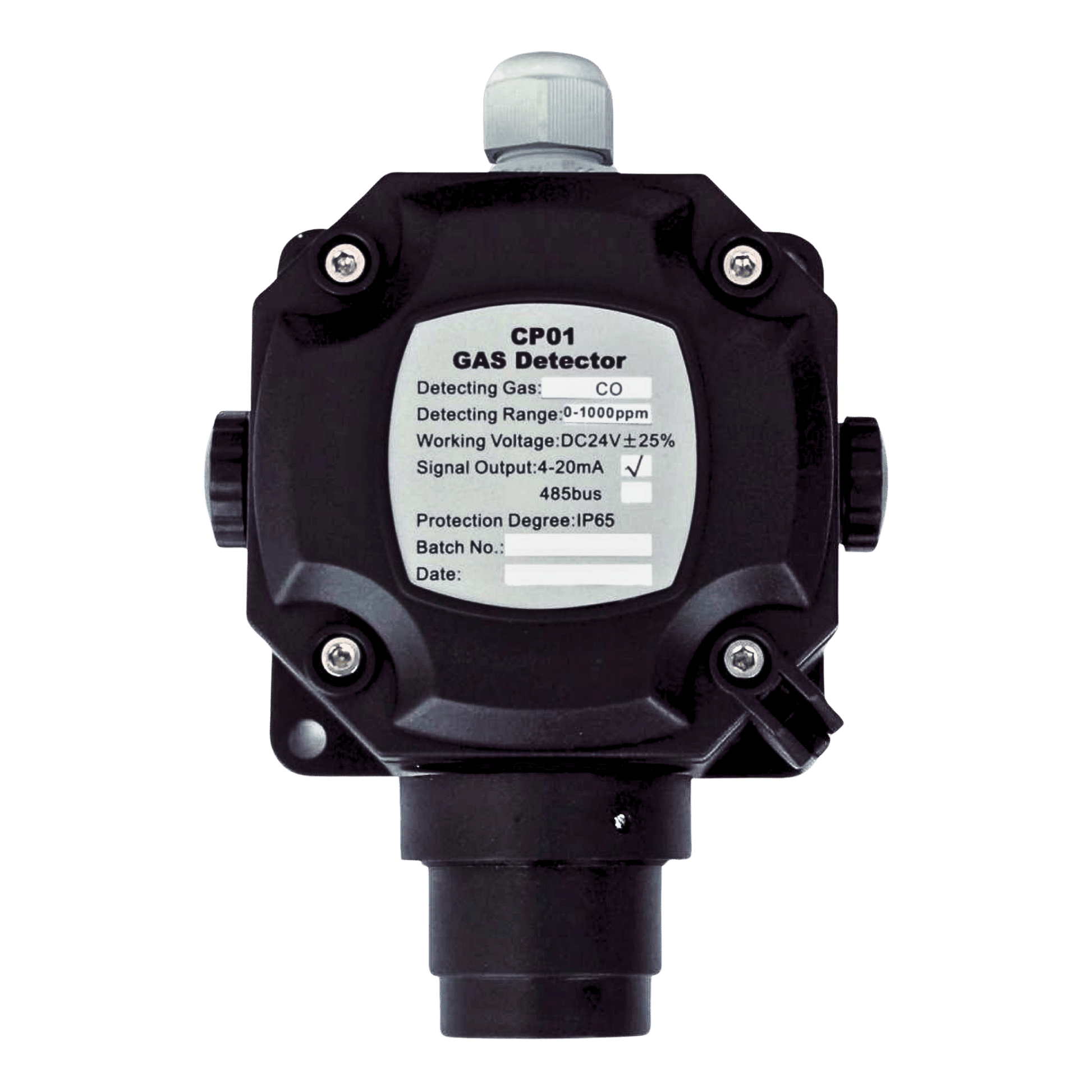
We offer a variety of fixed and portable gas detectors specifically designed to identify Ammonia (NH3)
For numerous industries, it's crucial to quickly and precisely detect hazardous Ammonia gases to prevent them from reaching harmful or toxic concentrations.
Explore our selection of Ammonia detection devices and related instruments, engineered to monitor an extensive array of Ammonia. Our product lineup includes:
Ammonia NH3 Fixed Wall Gas Detector | 4-20mA RS485 Non HA


Ammonia gas is lighter than air and tends to rise, but in humid conditions or high moisture environments, liquefied anhydrous ammonia forms vapors that are heavier than air. This increases the risk of exposure to personnel, especially in large NH3 refrigeration systems.
Composed of nitrogen and hydrogen, ammonia (NH3) is a colorless gas with a strong, distinctive odor. As one of the most widely produced industrial chemicals, ammonia is highly toxic and flammable, with a lower explosive limit (LEL) of 16%.

Exposure Limits
STEL: 35ppm
(Short Term exposure Limit – 15mins)
TWA: 25ppm
(Time Weighted Average – 8 hrs)
Alarm Recommendations
First Alarm
25ppm
Second Alarm
35ppm
Third Alarm
Optional
Ammonia gas is less dense than air, causing it to ascend in normal conditions. However, when moisture is present, such as in areas with high humidity, liquefied anhydrous ammonia releases vapors that are denser than air. This increases the potential hazard of ammonia exposure from leaks, especially in large-scale NH3 refrigeration systems.
Chemically, ammonia consists of nitrogen and hydrogen atoms. It is a colourless gas with a distinct, sharp odour. As one of the most widely manufactured chemicals in industry, ammonia (NH3) is highly toxic and poses a fire hazard with a lower explosive limit (LEL) of 16%.
In nature, ammonia plays a crucial role in the nitrogen cycle, where it is generated in soil through bacterial activity. It also occurs naturally during the breakdown of organic materials, such as decaying plants, animals, and animal waste.
The physical characteristics of ammonia are as follows:
- At standard room temperature, ammonia is a colourless gas with a sharp, intensely irritating smell.
- In its pure form, called anhydrous ammonia, it absorbs moisture easily and is corrosive.
- Ammonia gas compresses readily, turning into a transparent liquid under pressure.
- It is typically transported in steel containers as a pressurized liquid.
- These containers can potentially explode if exposed to extreme heat.
-
Pre & Post After Sales Support
We offer after sales support on all our products including
- Installation
- Configuration
- Maintenance
- Repair
- Calibration
-
Calibration Services
Calibration ServicesWe have full capability for Gas Detector, Temperature, Pressure Calibrations in our Lab or on-site. With traceable N.I.S.T standards on all our equipment.
Contact form
Our Core Values
-
TAKE PRIDE
Since the beginning, we have always believed in the quality and longevity of the products we sell and service we provide, and are proud to offer our expertise to all industries.
-
WORK SMARTER NOT HARDER
In order to do great work, we need knowledgeable, well-trained individuals, combined with automation. We are dedicated to not only providing our team with top-notch training, but also world-class equipment to ensure we’re stay at the cutting edge of the industry.
-
UNPARALLELED SUCCESS
We embrace every challenge as a team with our expertise, and have a proven track record of success when we collaborate.

